Your meal times naturally align with the sun's position because solar angles directly impact food preparation and eating patterns. Throughout history, you've needed daylight hours for cooking, which led to traditional meal schedules based on solar patterns. When you travel across time zones, your body's internal clock adjusts to new eating schedules that match local sunlight. Even modern solar cooking methods require specific sun positions for ideal temperatures, typically peaking between 10 AM and 2 PM when solar intensity is strongest. Understanding these solar patterns can help you plan more efficient and effective meal times. The science behind sun-based dining goes much deeper than you might expect.
Solar Angles and Cooking Windows

When setting up a solar cooker, understanding the sun's angles throughout the day will greatly impact your cooking success.
You'll need to adjust your cooker's reflectors about every hour to track the sun's movement, typically rotating them 10 degrees each time. The most efficient cooking window occurs when you can align your cooker within 30 degrees of the sun's position. Many successful designs like the Global Sun Oven have proven this approach works well.
Your location affects cooking times considerably. If you're near the equator, you'll enjoy more consistent cooking conditions throughout the year.
However, if you're in higher latitudes, you'll need to plan carefully around the sun's lower altitude angles. For box-style cookers, you'll want to position reflectors at a 30-degree outward angle when the sun's overhead, adjusting them as the day progresses to maintain ideal exposure.
Seasonal Adjustments for Solar Ovens
As the seasons change, you'll need to modify your solar oven's positioning to match the sun's varying elevation angles throughout the year.
Winter requires steeper angles and more frequent adjustments since the sun sits lower in the sky, while summer allows for more relaxed positioning with higher sun angles.
You'll want to adjust your oven's inclination to maintain ideal cooking temperatures of 300-350°F.
Many models like the SOS Sport come with preset winter (30°) and summer (60°) angles, while others need manual leg adjustments.
The All Season Solar Cooker features two position settings that effectively accommodate both winter and summer sun angles.
To enhance performance, especially during winter months, you can use booster panels and reflectors to concentrate more sunlight into your cooking area.
Don't forget to reposition your oven every 10-15 minutes to track the sun's movement, ensuring consistent cooking temperatures throughout your meal preparation.
Time Zone Cooking Considerations

Understanding time zone shifts can greatly impact your meal timing and food safety practices. When you travel across time zones, your body's internal clock needs to adjust, affecting both digestion and energy levels.
By aligning your meals with local time, you'll help reset your circadian rhythm and reduce jet lag symptoms. Using a calibrated thermometer for accurate temperature readings is essential when preparing meals in different time zones.
- Keep TCS foods like meat and dairy at safe temperatures: hot foods above 135°F and cold foods below 41°F
- Cool foods quickly from 135°F to 70°F within two hours, then to 41°F within four hours
- Check food temperatures every two to four hours to maintain safety
- Plan balanced meals with protein, vegetables, and healthy fats
During flights, eating according to your origin time zone helps ease the shift.
Once you arrive, switch to local meal times to help your body adapt faster and maintain proper digestion.
Equipment Positioning Throughout Day
Proper positioning of solar cooking equipment throughout the day plays an essential role in maximizing cooking efficiency and maintaining consistent temperatures. You'll need to adjust your cooker every 20-30 minutes to track the sun's movement, ensuring ideal heat absorption.
| Time of Day | Position Adjustment | Key Consideration |
|---|---|---|
| Morning | Face east, 45° angle | Avoid building shadows |
| Midday | Horizontal position | Maximum sun exposure |
| Afternoon | Face west, 45° angle | Monitor temperature |
| Evening | Increased tilt west | Lower sun angle |
For unattended cooking, aim your equipment toward where the sun will be strongest (1-2 PM). If you're using a parabolic cooker, align the umbrella directly with the sun and center your pot at the focal point. During winter months, you'll need to lay the oven back further to compensate for lower sun angles.
Shadow Length Temperature Control

While tracking the sun's position helps maximize solar cooking efficiency, shadow length offers valuable insights for temperature control in your cooking setup.
You'll notice that shadows fall consistently in the same spots throughout the day, affecting both temperature and cooking conditions. Understanding shadow patterns can help you manage heat during meal preparation, just like how farmers use shade cloth to control growing conditions.
- Set up your cooking station 4 feet below any overhead shade to prevent excess heat buildup.
- Use the sun's lower position in late fall and winter to your advantage by orienting your setup east-west.
- Monitor shadow patterns to create cooler zones for temperature-sensitive food preparation.
- Adjust your setup based on seasonal changes, as shadow lengths vary considerably between summer and winter months.
Solar Intensity Peak Periods
To maximize your solar cooking potential, you'll need to plan meals around the sun's peak intensity periods, which typically occur between late morning and early afternoon.
Solar radiation reaches its highest levels at solar noon when the sun's rays hit Earth's surface most directly.
You'll find the strongest solar energy during summer months, especially if you're cooking in middle latitudes where days are longer and sun angles are more direct.
However, if you're near the equator, you'll experience more consistent cooking conditions year-round due to steadier solar angles.
Keep in mind that atmospheric conditions affect cooking times – cloud cover, pollution, and elevation all impact solar intensity.
For best results, you should schedule your main cooking activities between 10 AM and 2 PM when solar irradiance is strongest.
Weather Impact on Schedules

Weather conditions shape more than just solar cooking schedules – they greatly influence when and how people choose to dine.
You'll notice that bad weather directly impacts dining patterns, affecting both restaurant operations and customer behavior. During storms or extreme temperatures, you're more likely to opt for delivery or takeout instead of dining in.
Here's how weather affects your dining schedule:
- You'll tend to eat earlier when it's raining or snowing to avoid traveling in harsh conditions.
- During hot weather, you're likely to delay meals until temperatures cool down.
- Cold weather drives you to seek warm, indoor dining spots during peak lunch hours.
- You'll gravitate toward outdoor seating during mild weather, adjusting your meal times to enjoy pleasant conditions.
Frequently Asked Questions
How Do Meal Times Affect Night Shift Workers' Metabolic Health?
When you eat during night shifts, you'll disrupt your circadian rhythm and metabolic health. Your glucose levels rise by 6.4%, insulin sensitivity drops, and you're at higher risk for diabetes and metabolic disorders.
Can Artificial Light Sources Replace Sunlight for Regulating Meal Timing Benefits?
No, you can't fully replace sunlight with artificial light for meal timing benefits. While circadian lighting can help, it doesn't provide the same metabolic advantages or regulate your body's internal clocks as effectively as natural sunlight.
Do Meal Times Impact Children's Growth Patterns Differently Than Adults?
Yes, your children's growth and development are more sensitive to meal timing than yours. Their rapidly growing bodies need consistent meal schedules to optimize nutrient absorption, hormone regulation, and physical development patterns.
What Role Does Latitude Play in Traditional Breakfast Times Globally?
You'll find that your breakfast time varies considerably by latitude – earlier near the equator due to consistent sunlight, while higher latitudes adapt to seasonal changes with later winter breakfasts and earlier summer ones.
How Do Religious Fasting Practices Align With Sun-Based Meal Timing?
You'll find many religious fasts follow the sun's position, especially in Islam where Ramadan fasting starts at dawn and ends at sunset. This creates varying fast durations depending on your geographical location.
In Summary
You'll find that meal times linked to sun position require careful planning around solar angles and peak intensity periods. When you're cooking with solar power, you've got to account for seasonal changes, local time zones, and weather patterns. By tracking shadow movements and positioning your equipment properly, you can optimize your cooking schedule to match the sun's daily path and maximize your solar cooking efficiency.
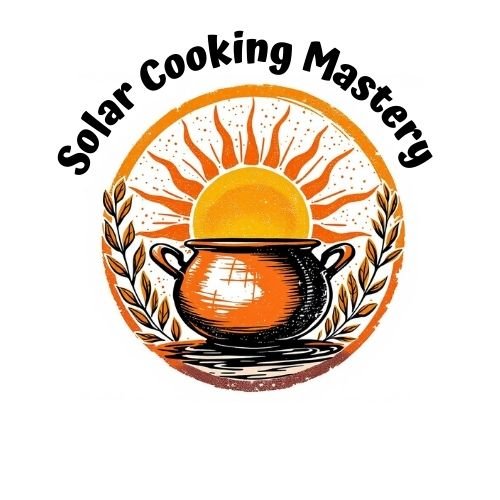
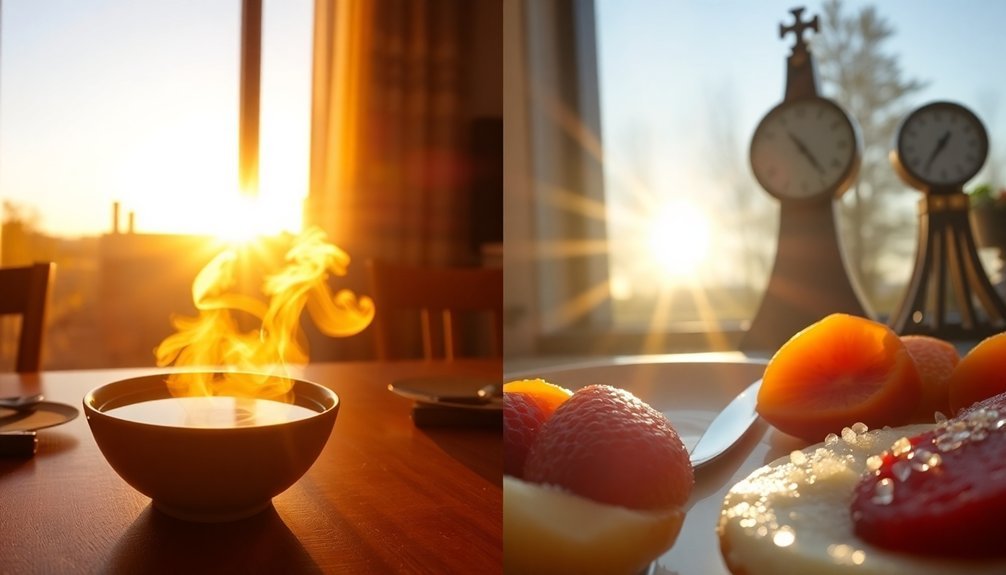
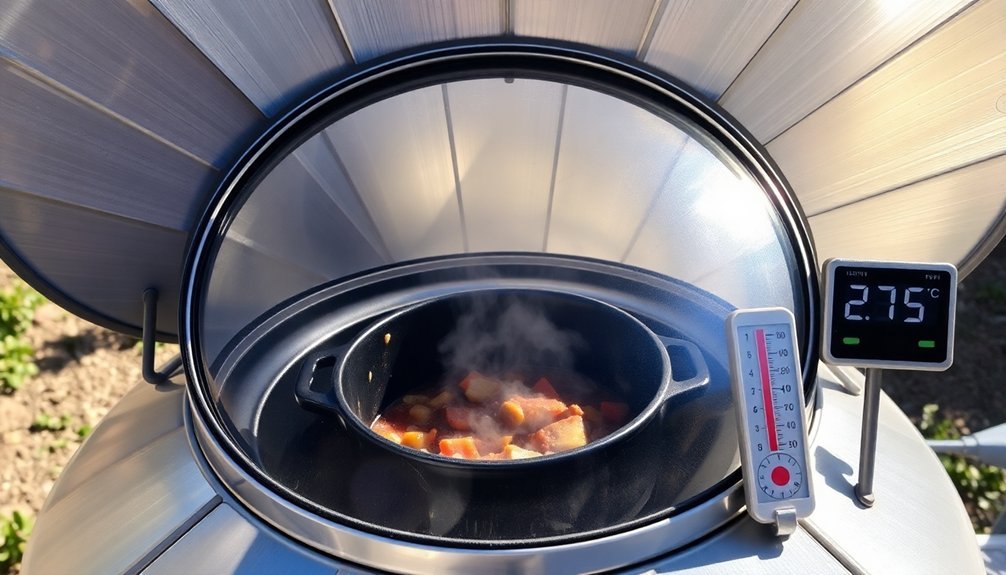
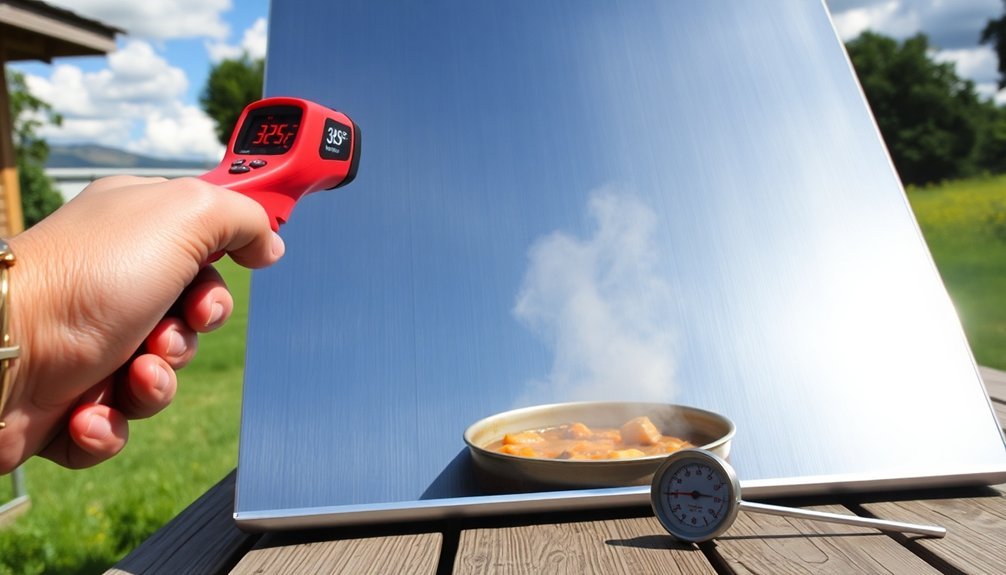
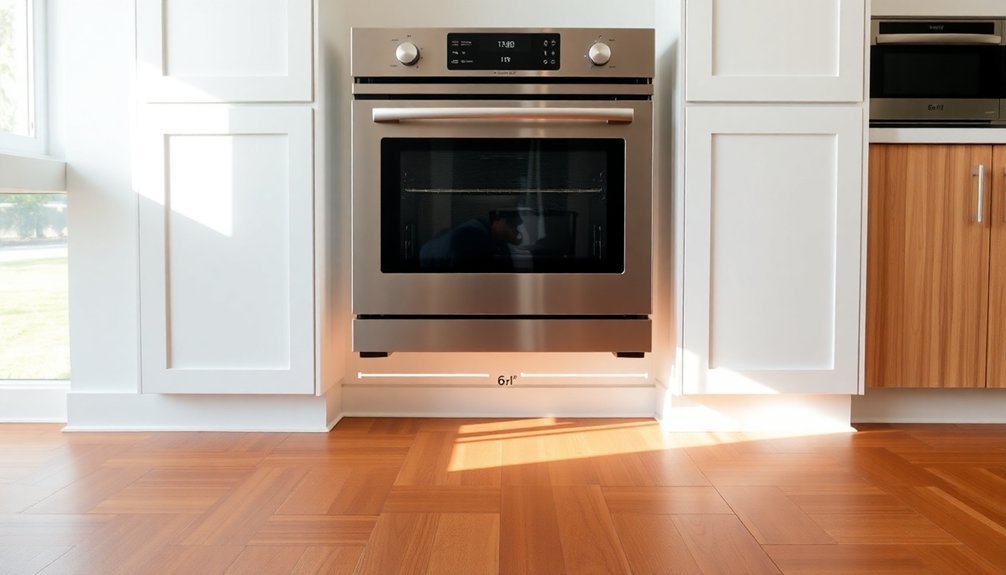
Leave a Reply